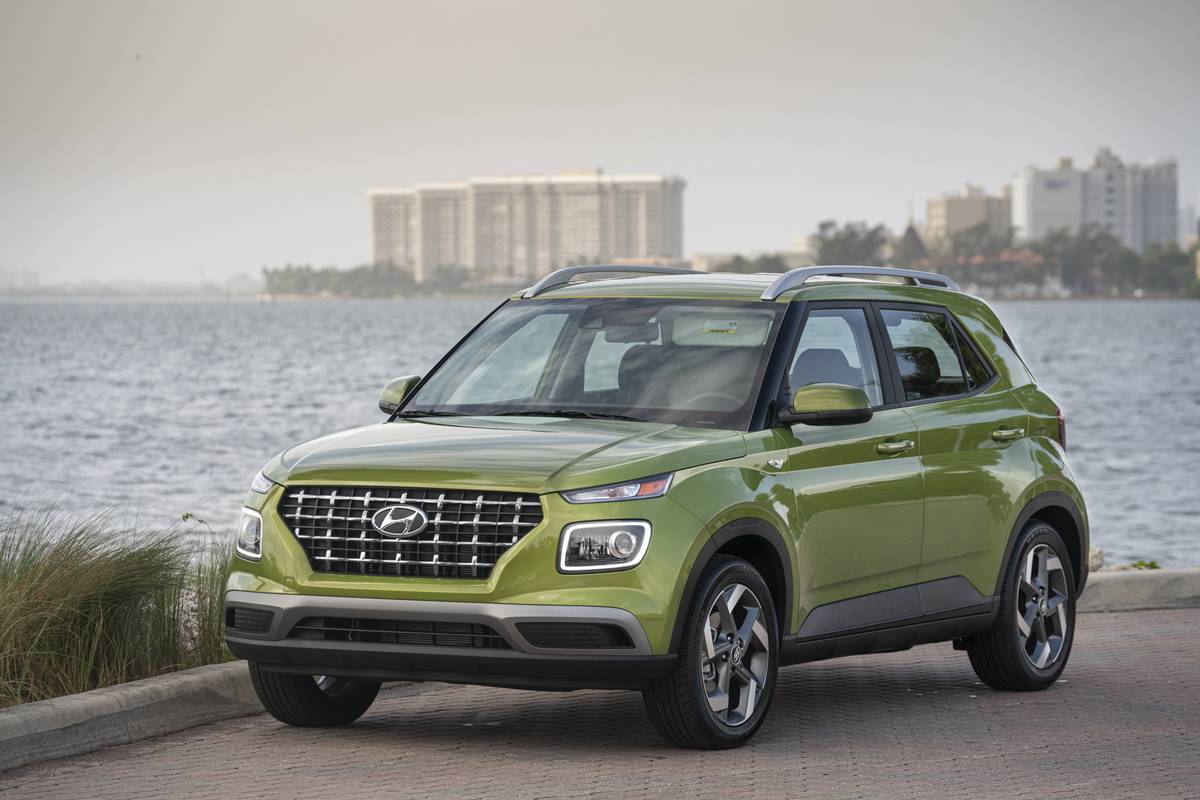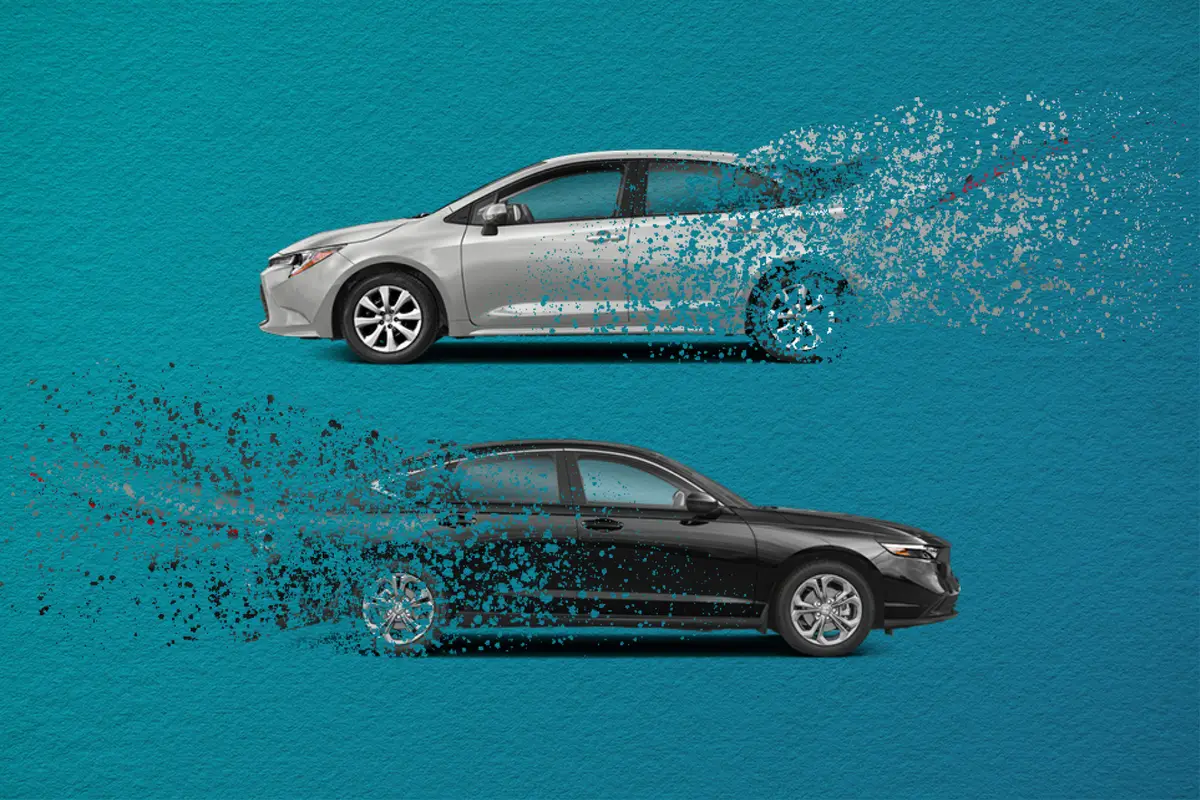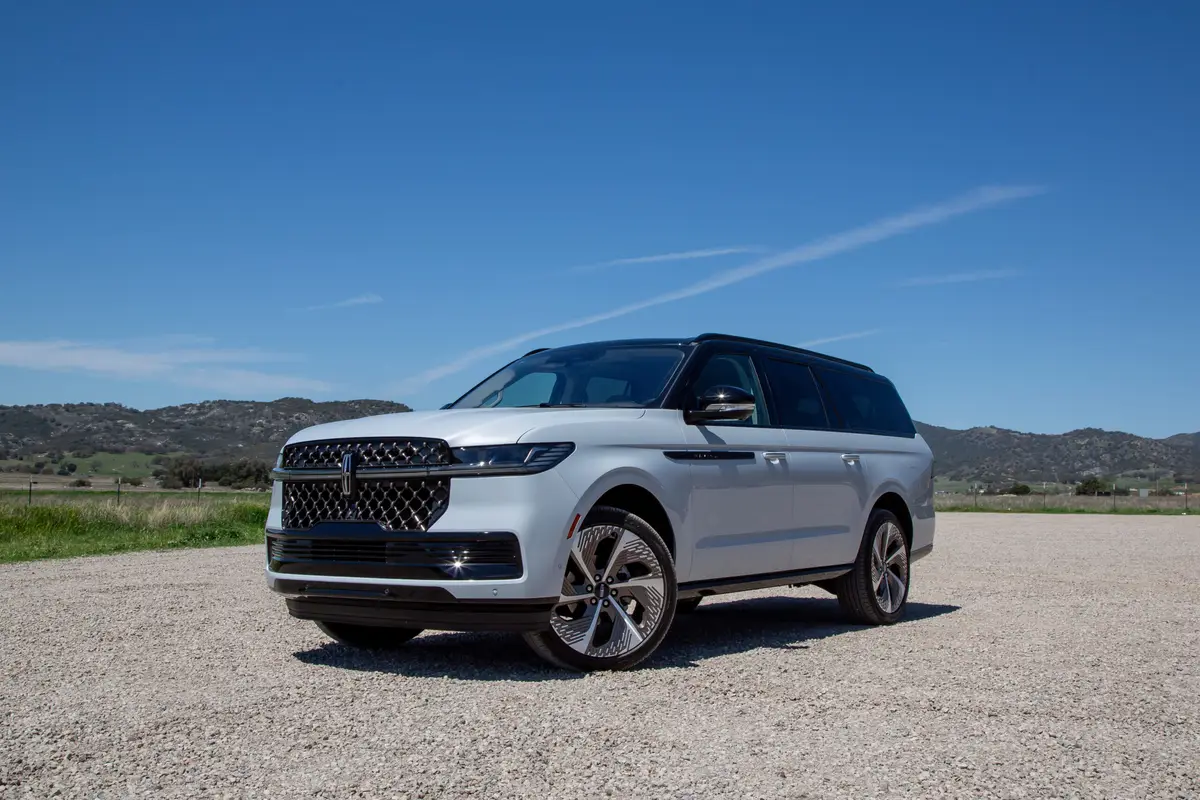2011 Toyota Tundra: What's New
Vehicle Overview
Toyota went for the jugular in the 2007 model year when it introduced the second-generation Tundra. It sported a powerful 5.7-liter V-8 engine and six-speed automatic.
Today, the Tundra faces much stiffer competition from Chevrolet, Ram trucks, GMC and Ford half-ton pickups, all of which have been updated or revised since 2007.
The Tundra comes in two- or four-wheel drive, and in three cab styles: regular cab, Double Cab and CrewMax. The CrewMax is the largest cab in the half-ton segment since Chrysler discontinued the Mega Cab option for the Dodge Ram 1500. The CrewMax comes only with a 5-foot, 6-inch bed, while other versions can be ordered with either a 6-foot, 6-inch bed, or an 8-foot cargo bed. Trim levels include Tundra, SR5 and Limited.
New for 2011
Toyota has announced several mechanical and feature changes for the 2011 Tundra light-duty pickup truck.
The 2011 Tundra will get several interior updates that include discontinuing an ashtray as a standard feature and replacing the cigarette lighter with a 12-volt power outlet. The headrests have been revised with a new design.
Mechanical changes include updating the base 4.0-liter V-6 engine with a dual VVT-i system with roller rockers and hydraulic lifters that can variably adjust both the intake and exhaust valves for enhanced performance and efficiency. The 4.0-liter V-6 makes 270 horsepower and 278 pounds-feet of torque, up 34 hp and 12 pounds-feet from the 2006-2010 Tundra.
To help improve towing safety, trailer-sway control programming and brake override technology have been added as standard equipment. Trailer-sway control uses a truck’s stability control sensors to detect unintended side-to-side movement at the rear wheels while towing and uses the truck’s antilock braking system to help counteract yaw caused by unwanted trailer motion. A trailer brake controller allows the driver to control the amount of gain (brake boost) applied to the trailer’s electric brakes when the driver applies the vehicle’s brakes.
Contradicting a trend that’s gained momentum in the past decade, Toyota has reduced the maximum trailer-towing rating of the Tundra half-ton for 2011, in one case up to 1,100 pounds.
Exterior
Toyota made sure this Tundra wouldn’t have sand kicked in its face by designing a big, brawny pickup that looks like it could bully any truck on the market — at least from the front. The massive grille, sculptured hood and husky bumper present an intimidating head-on view. From the side, the Tundra is rather conventional. A deck-rail adjustable tie-down system is available for all cargo beds.
Interior
The Tundra’s interior is designed to accommodate working people. The control knobs are easy to grip, even in work gloves, and the gauges are easy to read at a glance but placed at the end of long barrels in the dash. There are plenty of storage options, especially with a center console that can hold a laptop and hanging files. Even the regular cab Tundra has enough room behind the seats to hold five-gallon paint buckets. The seats are wide, supportive and comfortable. The new Platinum Package adds luxury touches that until now were only available in trucks like high-end Ford F-150s.
Under the Hood
Mechanical features include:
- 270-hp, 4.0-liter V-6 with aluminum block and cylinder heads, dual overhead camshafts and four valves per cylinder, with 278 pounds-feet of torque
- 310-hp, 4.6-liter V-8 with aluminum block and two-alloy cylinder heads, dual overhead camshafts and four valves per cylinder, with 327 pounds-feet of torque
- 381-hp, 5.7-liter V-8 with aluminum block and cylinder heads, dual overhead camshafts and four valves per cylinder, with 401 pounds-feet of torque
- Five-speed automatic transmission (standard with V-6)
- Six-speed automatic (standard with 4.6-liter V-8 or 5.7-liter V-8)
Safety
Toyota emphasizes safety with a suite of electronic braking technologies that help drivers avoid accidents. All are tied into the antilock braking system. They include traction control, brake assist, electronic stability control and trailer-sway control. Toyota also has electronic brake-force distribution, which adjusts braking pressure according to cargo load. The Tundra doesn’t hold back on airbags, with side-impact airbags in front and side curtain airbags standard on all versions. Safety features include:
- Front and rear sonar parking aids
- Available backup camera
- Three-point seat belts at all positions
- Trailer-sway control
Of Interest to Truck Owners
- Maximum gross vehicle weight rating: 7,000-7,200 pounds (CrewMax 4×4)
- Maximum payload capacity: 2,000 pounds (regular cab 4×2)
- Maximum towing capacity: 10,400 pounds (regular cab 4×2)
- Fuel capacity: 26.4 gallons
- Axle ratio: 3.90:1, 4.10:1, 4.30:1
- Transfer case low range: 2.618:1
- Crawl ratio: 37.52:1 (6A w/4.30:1 axle)
- Minimum ground clearance: 10-10.2 inches (4×2); 10.4-10.6 inches (4×4)
- Approach angle: 27-29 degrees
- Departure angle: 24-27 degrees
- Cargo floor length: 66.7 inches (CrewMax), 78.7 inches (standard bed), 97.6 inches (long bed)
- Cargo floor width: 66.4 inches
- Cargo floor width at wheel well: 50 inches
- Cargo bed depth: 22.2 inches
Featured stories



2025 Lincoln Navigator Review: Elephantine Elegance

